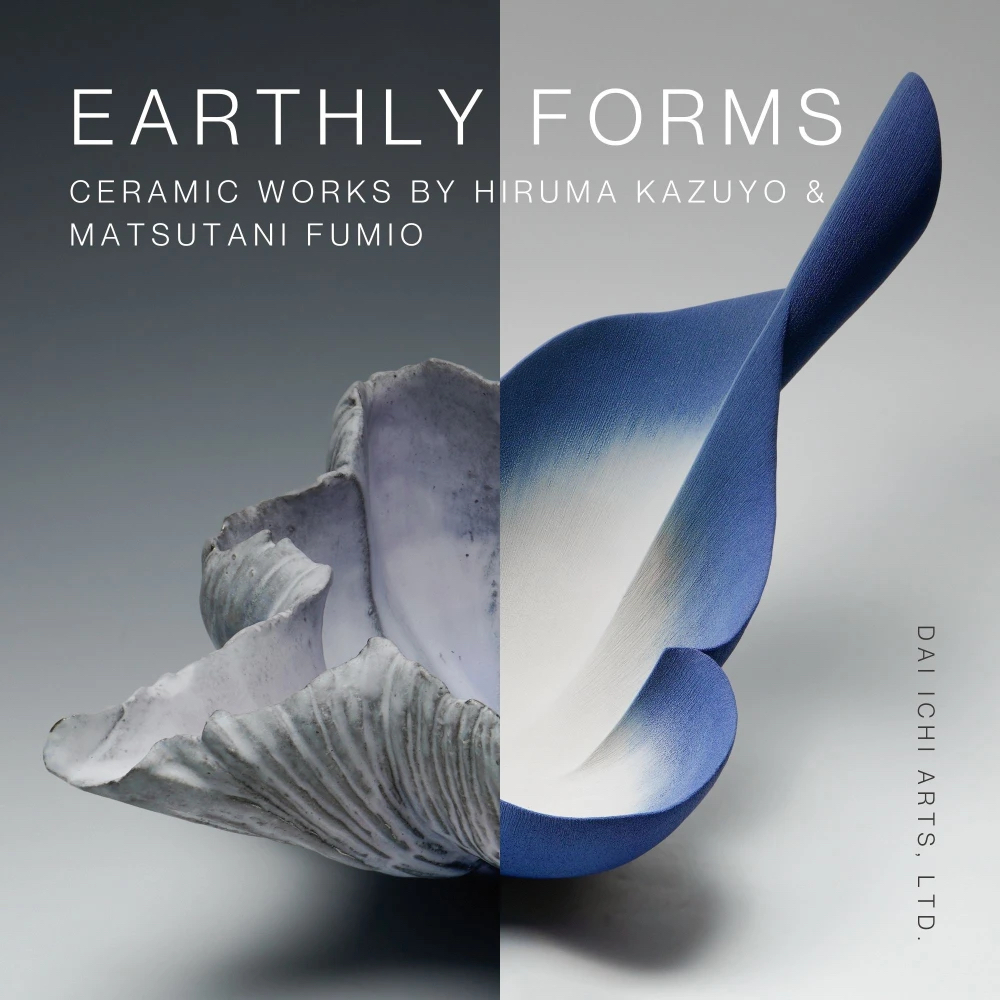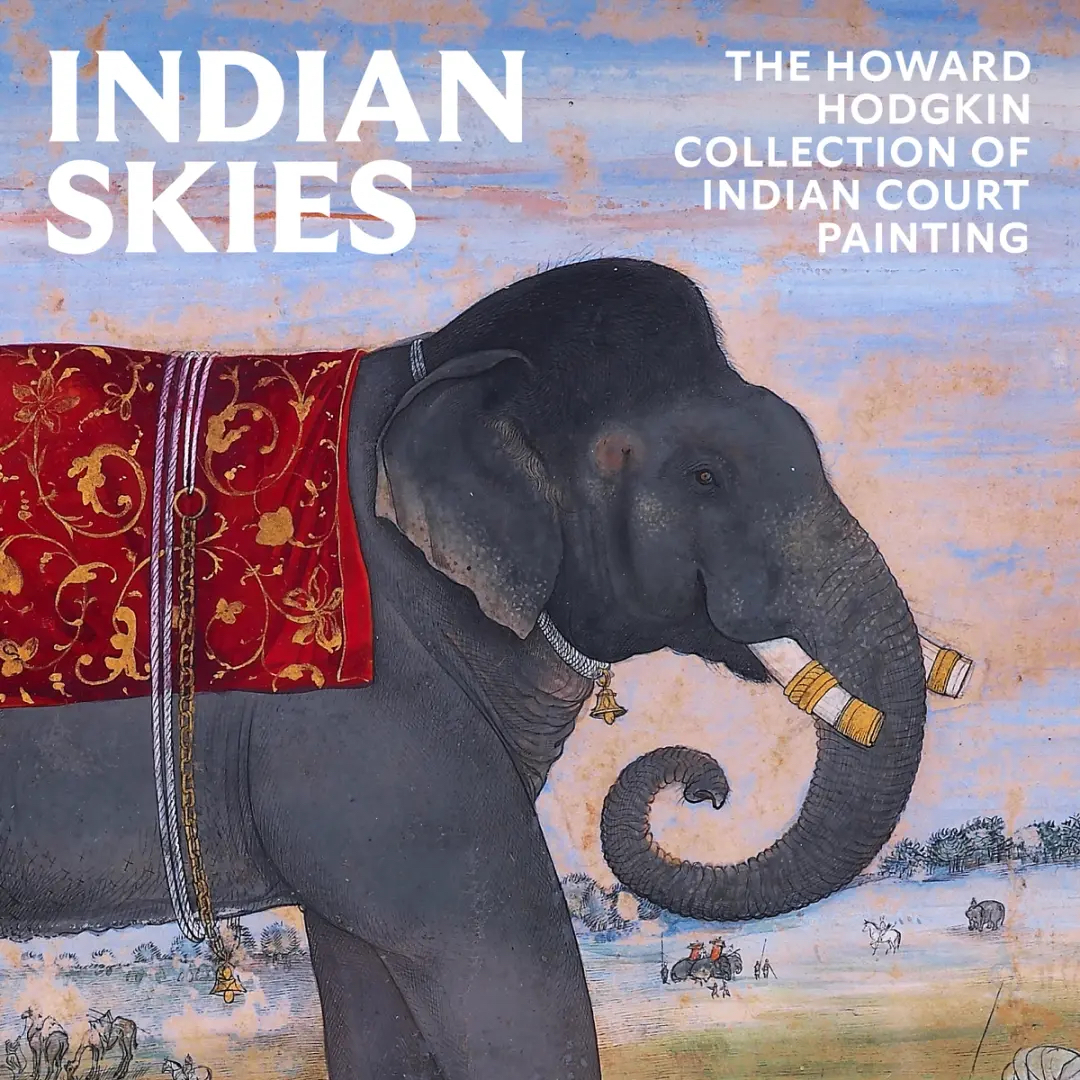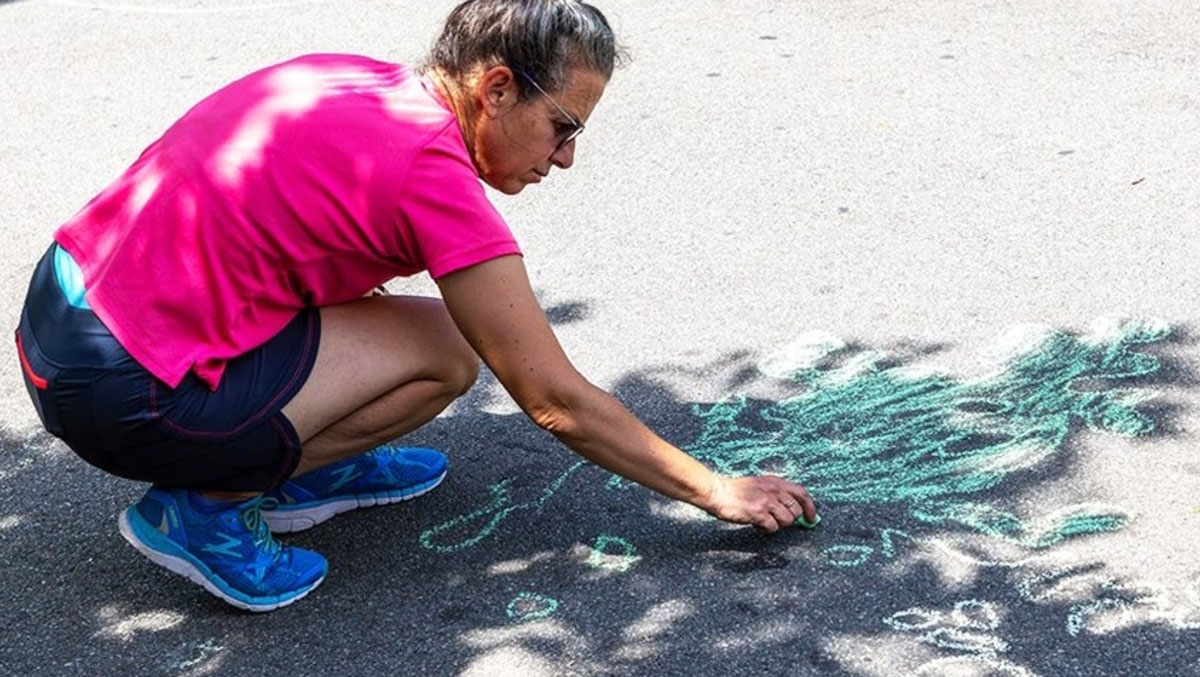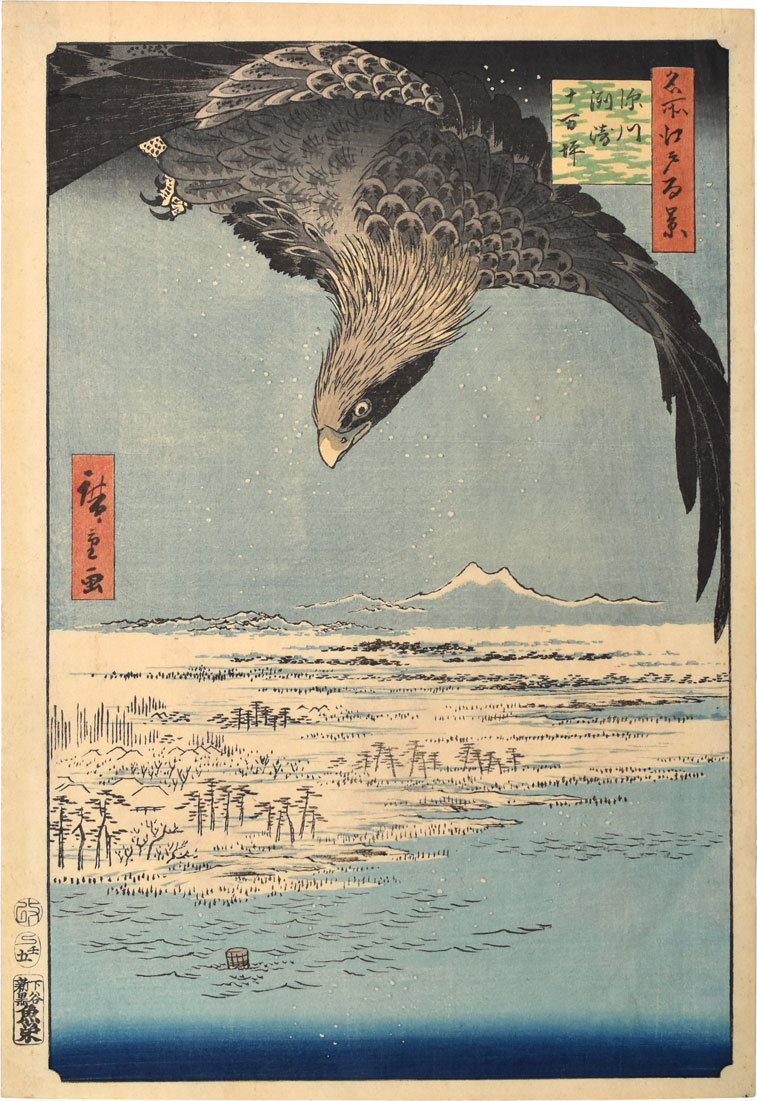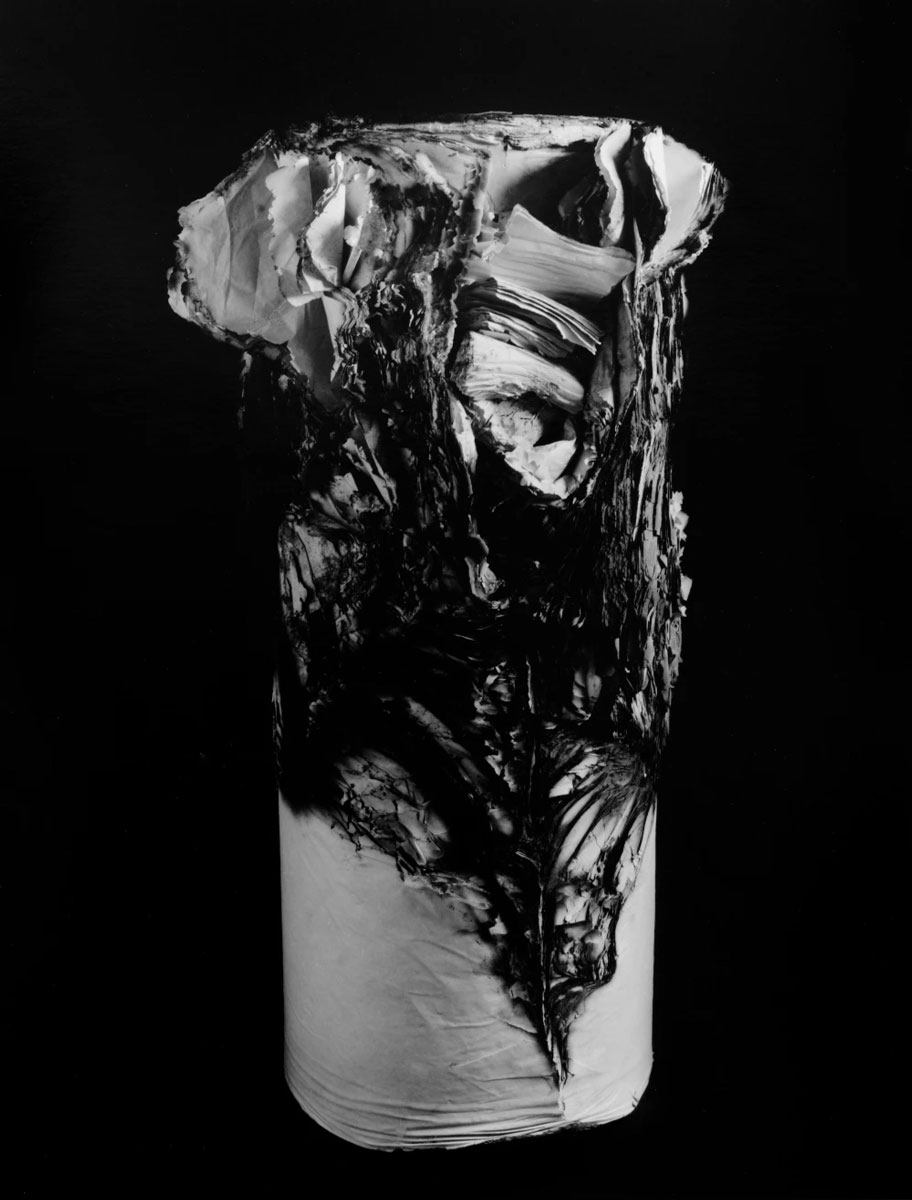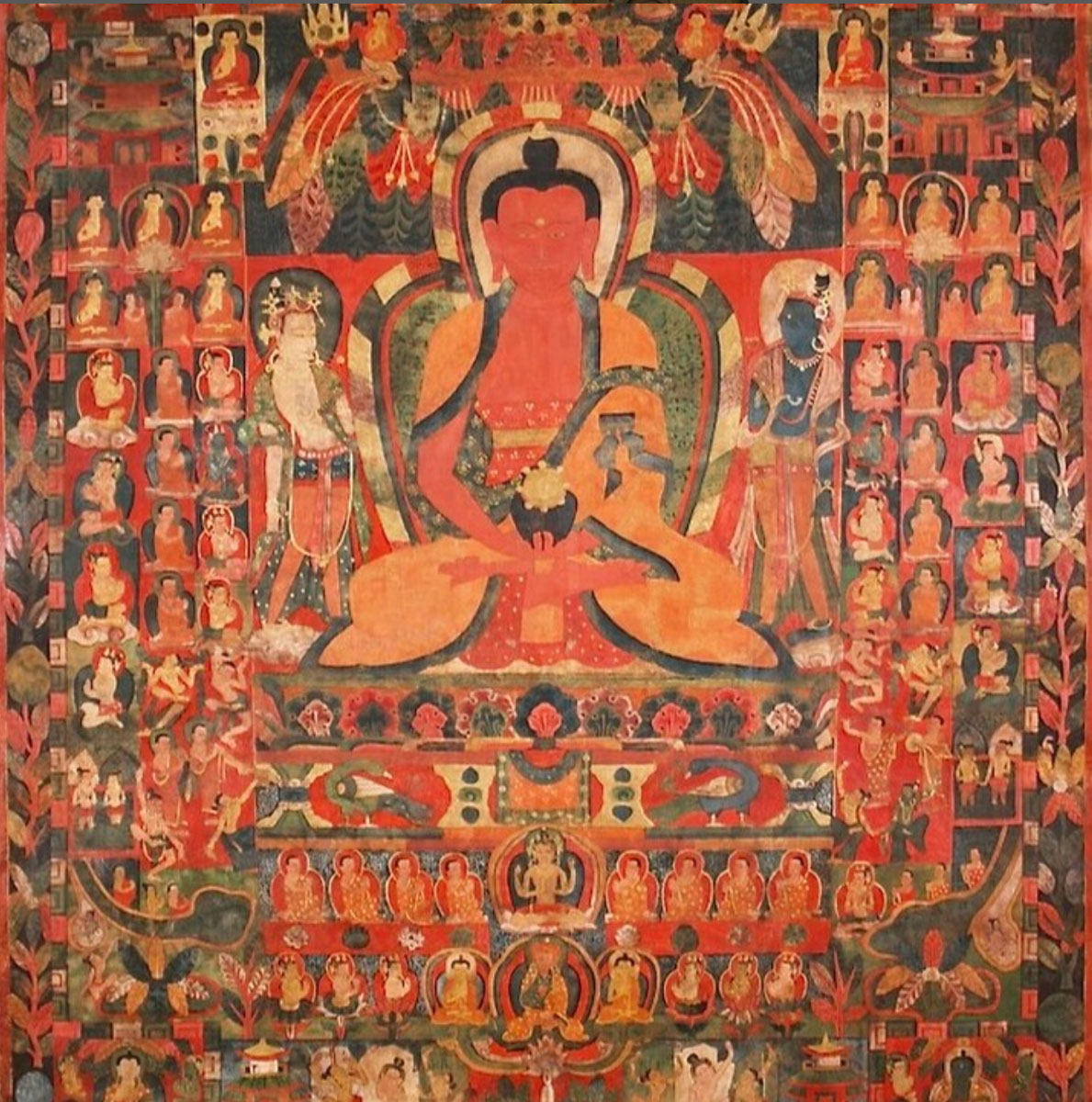
AMITABHA IN SUKHAVATI (detail), Tibet, circa 1500, distemper on cloth, 36 1/4 x 28 3/8 in. (92 x 72 cm)
We are pleased to shine our Gallery Spotlight this week on Carlton Rochell Asian Art. Specializing in the art of India, the Himalayas, and Southeast Asia, this preeminent gallery was founded by Carlton Rochell in 2002 after a distinguished career at Sotheby’s, where he established the first full-time auctions in North America devoted to Indian and Southeast Asian in 1985.
The gallery’s inaugural exhibition was reviewed by The New York Times with Holland Cotter writing, “The arrival of a new, open-to-the public gallery devoted to Indian and Southeast Asian art is an event for the city; such showcases are few and far between…although Himalayan and Cambodian bronzes are among the most exquisite items, the gallery is dominated by several large-scale sculptures of a kind we rarely see outside museums.”
Since then, the gallery has placed works of art privately with many important private collectors, as well as with prominent institutions across the globe. Carlton Rochell regularly exhibits in international art fairs and is currently participating in Printemps Asiatique in Paris where he is displaying this exceptional painting of Amitabha, the Buddha of the Western Pure Land (Sukhavati), through June 13th. Be sure to visit if you are in town!
To learn more and view their collection, click here.



